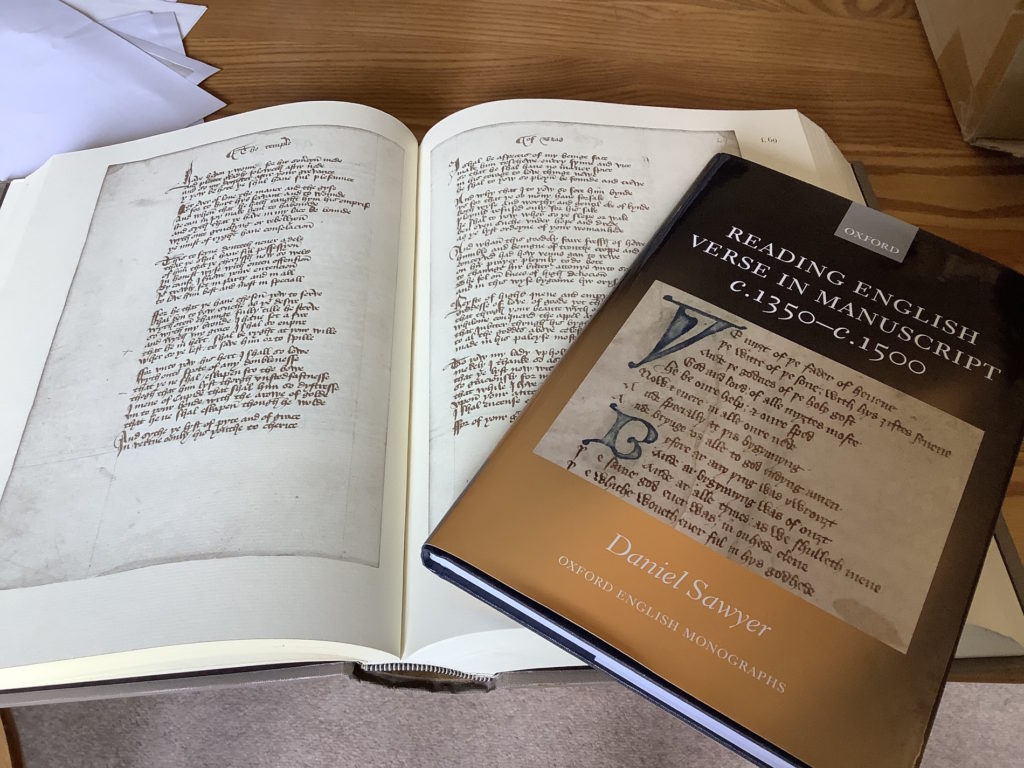
My new book was published this month. Reading English Verse in Manuscript c.1350–c.1500 can be ordered from OUP here, and, in the UK, at the time of writing, Blackwell’s are selling it for about £5 less.
This is in a sense ‘the book of the doctorate’, but it’s changed a great deal since I received my DPhil. The book is shorter, clearer and punchier. It draws on a significantly larger mass of evidence and corrects various errors and fuzzinesses in the doctoral work. And none of it has been published elsewhere: this is not a monograph whose most exciting chapter can be found as an earlier article.
Here is the blurb:
Leave a Comment